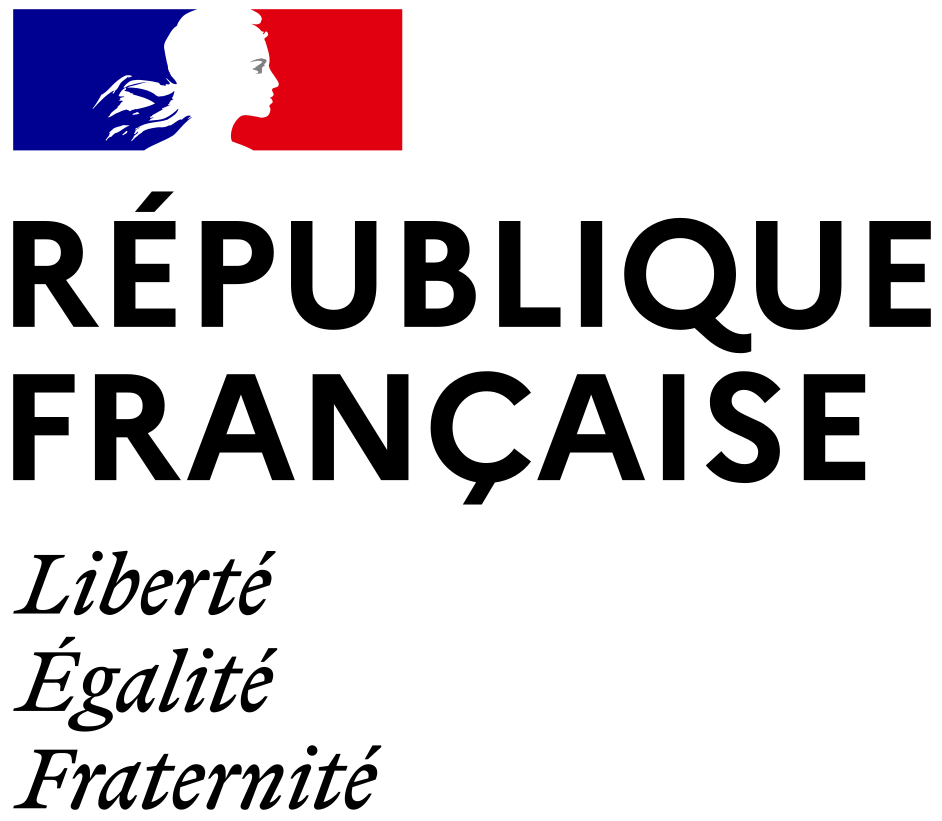Commensality Through a Solar Cult. Ceramics, Social Practices and Symbolism Along the Atlantic Coast (2500-1650 BC)
Résumé
The Bell Beaker phenomenon is characterised by new forms of ritual practices especially known through the study
of Bell Beaker graves. These contexts are linked to the representation of individuals who represent elites of those Neolithic
societies. Within the complex chiefdoms of the Early Bronze Age, social practices seem to acquire a collective dimension from
which new social behaviours emerge. By extension, many domestic ceramic sets display particular organisations related to
meaningful gestures and practices. At this time, the ceramic artefact itself is renewed in terms of forms and ornamentations. A
significant number of vessels are associated with multiple handles, allowing more complex social interactions. New decorative
schemes can be interpreted as astral (solar and lunar) representations. In Atlantic France, these representations undergo a
major development during the Bronze Age and seem closely linked to ritual and social practices. They carry major symbolic
features and the organisation of the scenery, linked to the relationship maintained between the user and the assistants, probably
plays a major role in these collective events. This article will be the occasion to discuss the evolution of these practices, during
particular and meaningful occasions but also in daily activities.

